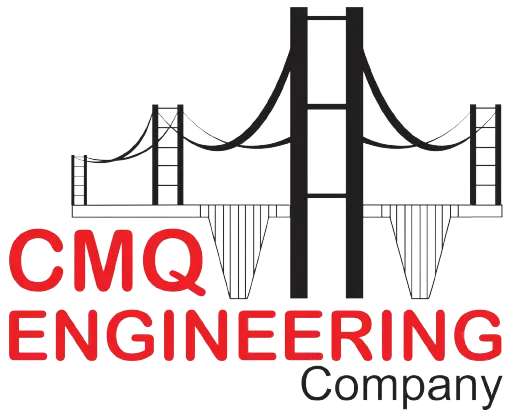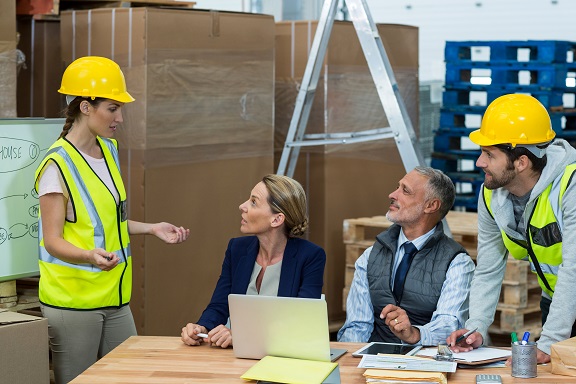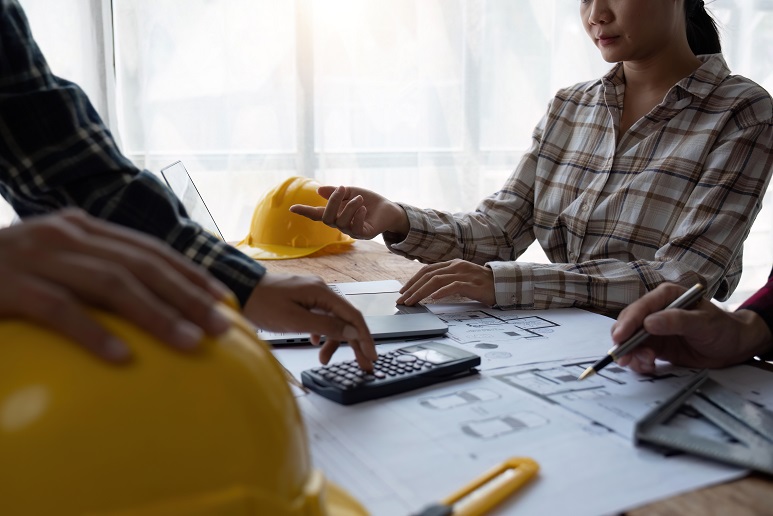Building a commercial property is a big deal. It’s a huge, complex job requiring much time and money. Knowing and handling the costs of building commercial properties is super important for people who own small businesses, develop properties, or manage construction. It could decide if a business succeeds or fails.
In this detailed guide, we will look at all the parts of what it costs to build commercial properties. We’ll break down what affects these costs and share tips on how to keep them under control.
Understanding Commercial Construction Costs
Before starting to build, there are many costs to think about. Buying land, designing, getting permits, paying for materials, workers, and machines, and dealing with surprises all add up to the project’s final cost. Knowing about each part is important to keep your project’s budget healthy.
The Inevitable and Unpredictable
Most of the cost is for the land and getting the site ready. Spending enough on design and planning is important, or you might have issues later. The prices for materials and workers are easy to understand but can change with the market. Also, you should expect and plan for surprise costs like new rules or bad weather.
Navigating the Costs
Navigating these costs is the most crucial part. Cost estimation services are crucial in the initial planning, while ongoing tracking and management mitigate surprises. Construction cost data and analytics can provide insights into industry norms and cost benchmarks. By leveraging these tools, you can ensure your project stays on budget.
Factors Affecting Commercial Construction Costs
No two construction projects are the same, and neither are their costs. Several key factors can significantly impact the total outlay, and it’s essential to consider them from the project’s inception.
Project Size and Scope
The larger the project, the more resources it will consume. Similarly, more complex designs or specialized features command higher price tags. Understanding the connection between size, scope, and cost is pivotal in setting realistic expectations.
Location
The adage rings especially true in construction. Site accessibility, local building codes, availability of labor, and regional material costs vary by location. These local nuances can lead to substantial disparities in construction costs from one area to another.
Market Conditions
Building when demand is high in a dynamic market can significantly raise costs. Conversely, volatile material prices can catch you off guard. Monitoring these conditions and having flexible construction plans is a critical project management function.
Cost-Saving Strategies
Proactive strategies can be as crucial as reactive ones in the quest to control commercial construction costs. Prioritizing needs over wants in the design phase, implementing sustainable materials and practices, and the judicious use of technology can all lead to substantial savings.
Design with the Future in Mind
A cost-effective strategy at the front end is to design for adaptability. Spaces that can be repurposed as business needs evolve ultimately save on the costs associated with future reconstruction.
Leverage Technology
Project management software, Building Information Modeling (BIM), and prefabrication techniques can streamline the construction process, reduce waste, and lower operational costs.
Professional and Expert Partnerships
Working with experienced architects, engineers, and construction firms ensures that your project is managed by professionals who know how to deliver quality within budget constraints.
Maximizing Return on Investment (ROI)
Ultimately, the question of commercial construction costs comes down to return on investment. A well-planned, well-built property can yield significant returns far outweighing the initial costs.
Long-Term Value
Investing in quality construction ensures longevity and durability and adds intrinsic value to the property. High-quality structures are easier to maintain and often command higher rental and resale values.
Operational Savings
Energy-efficient designs and sustainable structures can lead to lower operating costs over the life of the building, contributing positively to your bottom line.
The Human Factor
Aesthetics and quality of the working environment can directly impact employee morale and customer perception, influencing business performance in tangible ways.
Managing and Controlling Costs
Once costs are estimated and strategies are in place, it’s critical to implement robust cost management and control measures throughout the project lifecycle. Creating a detailed budget, developing a solid change management process, and maintaining open lines of communication among all project stakeholders are fundamental to cost control.
The Contingency Plan
Establishing a clear plan for reining costs when they spiral out of control is a savvy move. Having contingencies will help you weather the proverbial storm without sacrificing quality or project timelines.
Monitoring and Tracking
Regular check-ins and financial reports will keep you abreast of the project’s financial health. Adjusting courses as early as possible in response to variances mitigates the need for drastic measures later.
Conclusion
Commercial construction costs are a weighty consideration for small business owners and property developers. However, they need not be a deterrent. By understanding the nuances of these costs, employing smart strategies, and focusing on long-term value, your commercial construction investment can be a sound business decision. In an environment rife with opportunity and risk, careful cost management is the compass that guides a project to success. With the right approach, commercial construction costs are indeed worth the investment.










